Description
hardware flow control. It is an ideal choice in the field of industrial automation.
Design of ABB industrial robot deburring and grinding workstation based on RobotStudio simulation software
introduction
As an official offline programming software for ABB robots, Robotstudio not only has powerful simulation and offline programming functions, but also has automatic path generation
function and simulation monitoring collision function. It can realize the simulation of robots in real scenes, so as to timely update existing robot programs. optimize. On-site teaching
programming will affect normal production activities on site.
The application of Robotstudio software offline programming can reduce on-site teaching and programming time.
As a traditional process of mechanical processing, deburring and grinding have a wide range of applications. However, for a long time, in the process of manual deburring
and polishing, there have been differences in operations between workers. The manual operation is not repeatable and the deburring effect is unstable, which has seriously
affected the surface quality and service life of the finished product; and the working environment There is a large amount of dust floating in the air and the conditions are harsh,
seriously endangering the physical and mental health of workers. With the proposal of “Made in China 2025”, intelligent manufacturing production has become an
important development direction for the transformation and upgrading of the future manufacturing industry. The use of industrial robot automated production lines for repetitive
batch processing operations can not only greatly improve production efficiency, but also greatly improve product quality. Yield and production stability. Therefore, before designing
the robot polishing program, if the shape, size and polishing amount of the workpiece to be polished are known, the robot offline program can be written on the
Robotstudio software according to the existing conditions, thereby improving the efficiency of on-site programming.
1Design task description
This task is to create a new simulation workstation in ABB robot simulation software Robotstudio. The corresponding training equipment in reality is the Yalong
YL-l360A industrial robot deburring and grinding system control and application equipment. The industrial robot selection and method of the simulation workstation are
The grinding head installed on the blue plate refers to the Yalong YL-l360A industrial robot deburring and grinding system control and application equipment, and the
workpiece is customized. The ABB industrial robot deburring and
grinding workstation simulation training process includes: creating a workstation, setting up tools, creating smart components, creating tool coordinate systems,
creating trajectories, programming, simulation design, and verification.
2 Task implementation
2.1 Create a workstation
Import the robot: First, create a new simulation workstation in the Robotstudio software. The workstation name is self-named, and then import the
corresponding industrial robot IRB1410. The robot position remains unchanged by default. Create a robot system, modify the system options, check 709-1D
eviceNetMaster/s1ave, select Chinese as the language, and leave the other options unchanged by default, then click Confirm to create the robot system
After the robot system is created, hide the industrial robot IRB1410 to facilitate subsequent workstation operations.
Import workpiece: The workpiece here is customized, and the corresponding workpiece is selected according to the actual situation on site. This article
uses the original workpiece Curvet in Robotstudio software. After importing it into the workstation, according to the reachable range of the robot, just place the
workpiece at a suitable location within the reachable range of the robot, as shown in Figure 1.
Import the grinding rotor tool: First, create a new grinding rotor tool component – rotor – copy (2) and rotor – copy (2) in the so1idworks 3D software. The
rotor – copy (2) is a rotatable grinding rotor. —The copy is the tool body, which is the grinding rotor frame, and is installed on the robot flange, as shown in Figure 2.
2.2 Setting tools
First, move the rotatable grinding rotor and the tool body to the local origin based on point A, and adjust the initial tool angle so that the grinding rotor is
parallel to the x-axis of the geodetic coordinate system, as shown in Figure 3. Set the local origin of the tool body at this time, change the position x, y,: to 0, 0, 0, and change the direction x, y,: to 0, 0, 0.
Figure 3 Tool settings
Create a new frame at point B of the tool body, name it “frame l”, and adjust the direction of frame l so that the axis is perpendicular to the
plane of point B. The specific direction is shown in Figure 4.
https://www.xmamazon.com
https://www.xmamazon.com
https://www.plcdcs.com/
www.module-plc.com/
https://www.ymgk.com
IS200EISBH1A Exciter ISBus board
IS200EHPAG2D pulse amplifier module
IS200EHPAG1C excitation high voltage pulse amplifier
IS200EHPAG1D high voltage gate pulse amplifier
IS200EHPAG1B high voltage pulse amplifier board
IS200EHPAG1A pulse amplifier board
IS200EHFCH2A excitation fan control
IS200EHFCH1A exciter fan control board
IS200EGPAG1B Temperature monitoring module
IS200EGPAG1A Temperature monitoring module
IS200EGDMH1A Ground detection board
IS200EDSLH2A transmission control unit
IS200EDSLH1A dual voltage regulator
IS200EDFFH3A DC feedback board
IS200EDFFH2A excitation module
IS200EDFFH1A Interface board
IS200EDEXG2B degaussing module
IS200EDEXG2A exciter board
IS200EDEXG1A communication card
IS200EDEXG1B excitation module
IS200EDCFG1B I/O terminal board
IS200EDCFG1A DC feedback board
IS200ECTXG1A Exciter CT expansion board
IS200ECTBG1A Output and input modules
IS200ECTBG2A contact terminal board
IS200EBRGH2A Interface board
IS200EBRGH1A Excitation bridge interface board
IS200EBKPG1C Backplane control board
IS200EBKPG1B exciter backplane control board
IS200EBKPG1A Excitation control backplane
IS200EBACG1A Digital controller
IS200EAUXH1A digital controller
IS200EACFG3A feedback board
IS200EACFG3B exciter AC feedback board
IS200EACFG2B excitation control module
IS200EACFG2A actuator AC feedback board
IS200EACFG1B exciter module
IS200EACFG1A AC feedback board
IS200DSPXH2D processor control board
IS200DSPXH1D digital signal processor control board
IS200DSPXH1C processor controller
IS200DSPXH1B digital signal processor board
IS200DSPXH1A digital signal controller
DS2020DACAG2 EX2100 series power module
DS2020DACAG1 Power module
IS420YDOAS1B I/O Ethernet network
IS420YAICS1B simulates I/O
IS420UCSDH1A quad-core controller
IS420UCSCH1B Balance controller
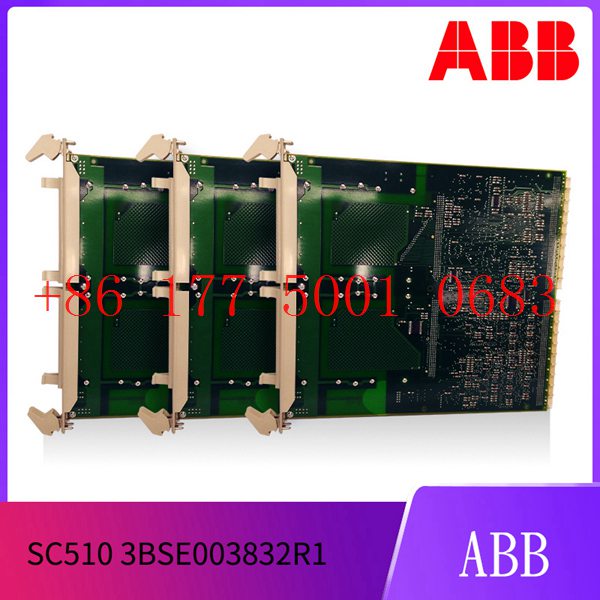
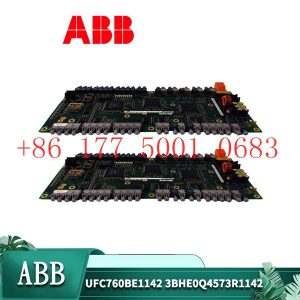
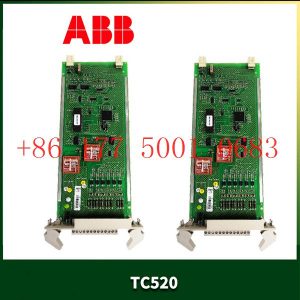
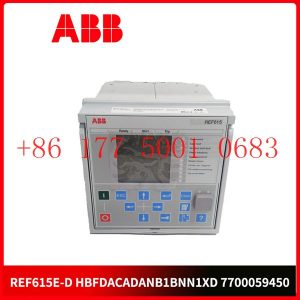
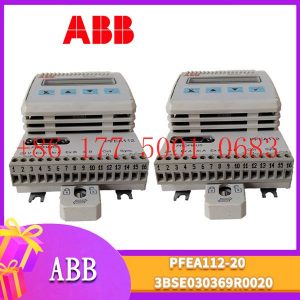


Reviews
There are no reviews yet.